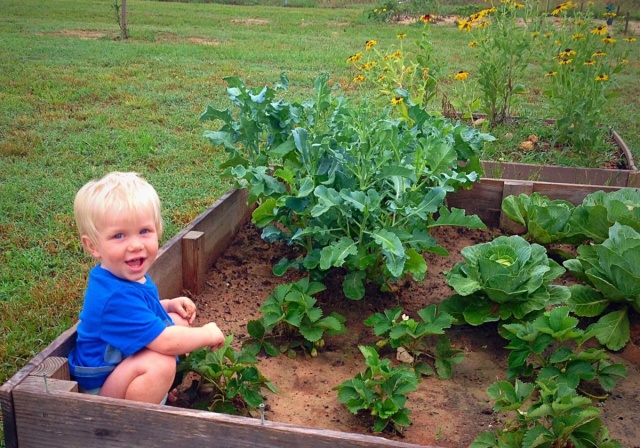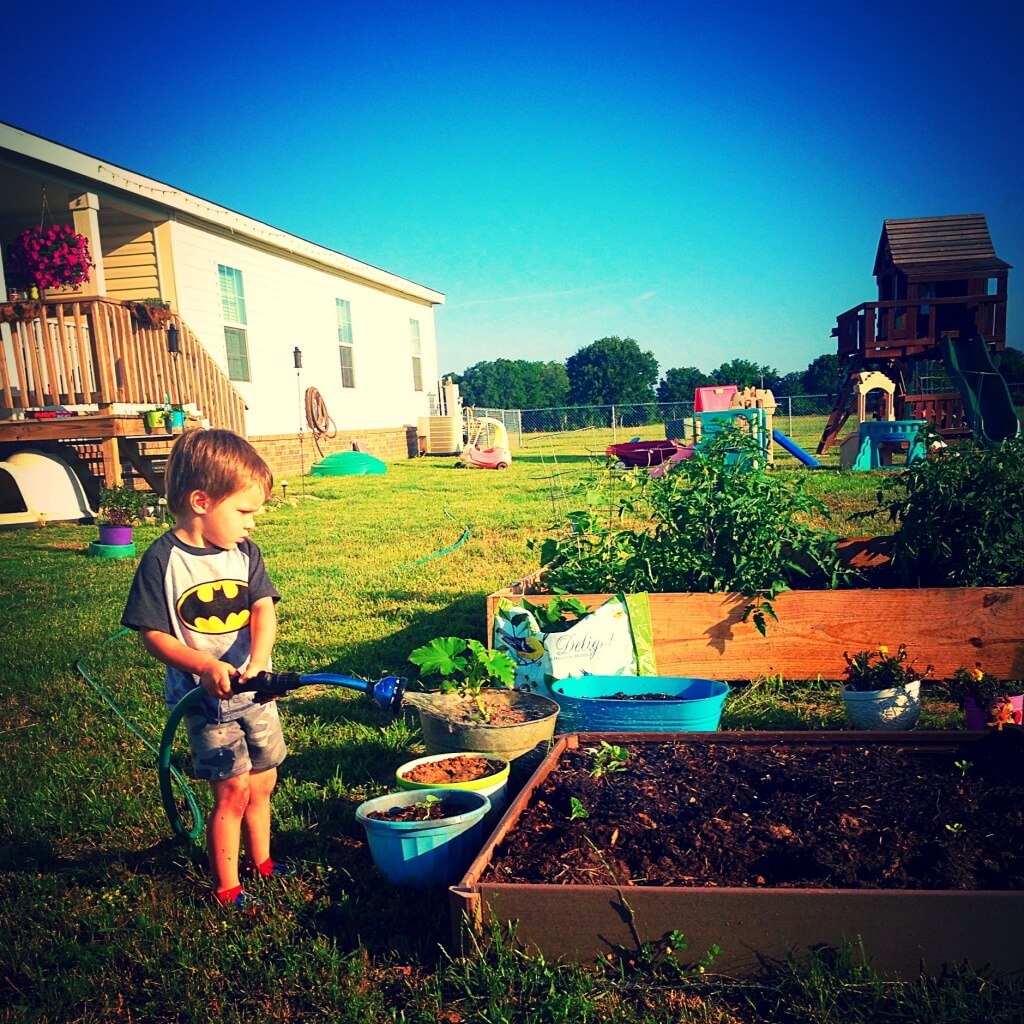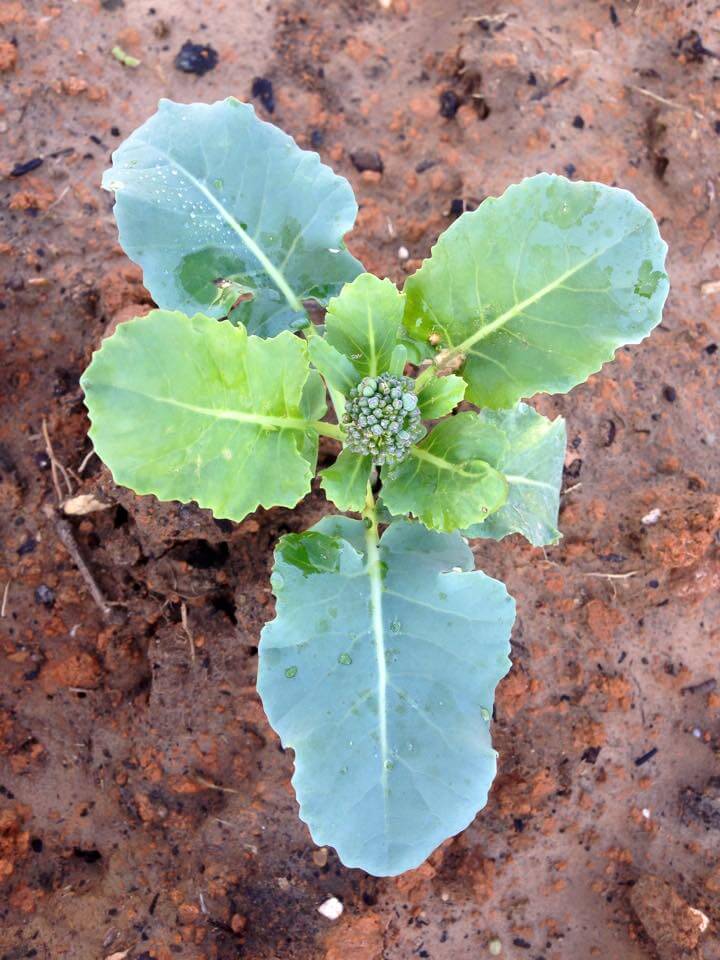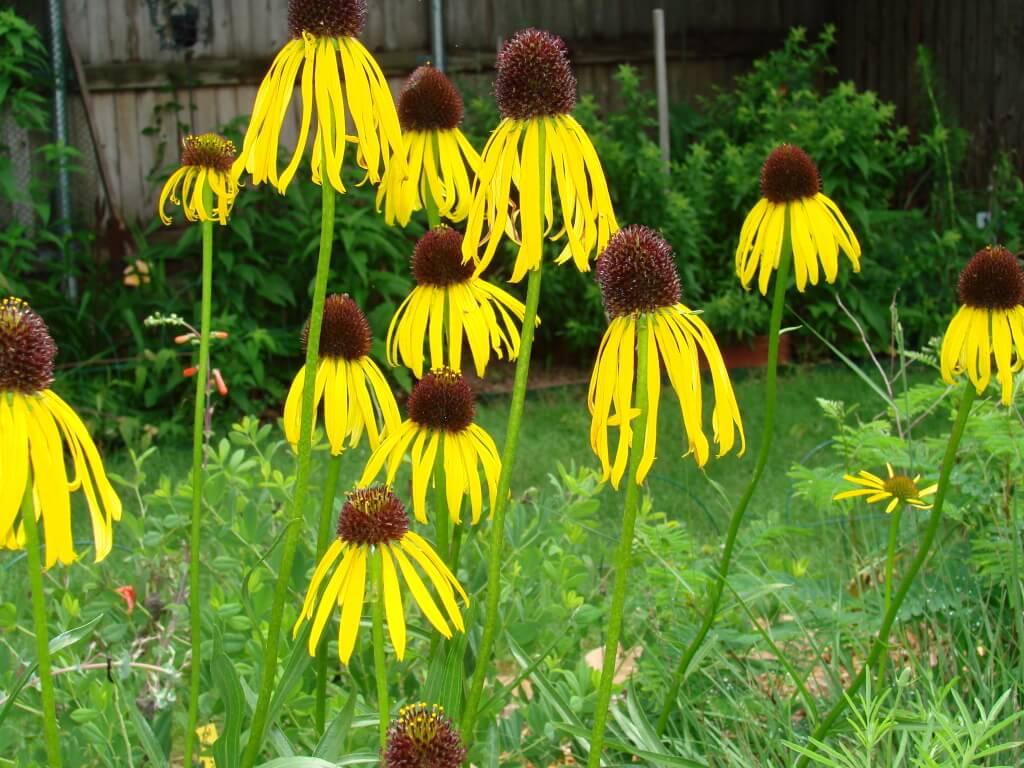
TISHOMINGO — Gardening should be taught in schools, and not just because food is kind of important.
School gardens have been tied to higher standardized test scores, fewer discipline problems, lower stress among students and increased engagement, in addition to more fine-tuned personal qualities, such as patience, attention to detail and improvisation.
According to REAL School Gardens, a nonprofit operating in Texas and Washington, D.C., its participating schools have reported increases for standardized test scores pass rates of “between 12-15 percent.” What’s more, 94 percent of teachers reported increased student engagement.
So why aren’t all schools investing in a garden? Inevitably, the conversation goes back to money.
Amidst a $900 million budget shortfall, Oklahoma now leads the country in inflation-adjusted funding cuts for per-pupil education, dropping 24.2 percent from 2008 to 2016, according to the Center on Budget and Policy Priorities. Our state is now ranked near the very bottom of the country for teacher pay and per-pupil spending.
It begs the questions: When schools are already so squeezed for money and teachers are strained for time and resources, how can anyone suggest adding something else to their plate?
Because something has to change.
DATA POINT
33.9 % of Oklahoma children are obese. School gardens have been linked to increased physical activity and a greater likelihood that participating students will eat fresh fruits and vegetables, which could reduce this number.
Oklahoma isn’t a friendly place for families hoping to give their children a competitive education, and it hasn’t been for several years. Incorporating gardening into the curriculum could give us that competitive edge. If anything, Oklahomans can’t afford not to consider gardening as a teaching tool.
Why? Because gardening addresses the fundamental cause of our educational system’s “achievement gap”: a lack of engagement. Rather than being passive recipients of information, children become active participants in their own learning experiences.
I know, because I’ve seen the results in my own backyard.

The garden as classroom
Last summer was a wet one — the wettest in recent history, according to KOCO meteorologist Brad Sower, who gave my hometown, with 80 inches of rain, the designation as wettest city in the continental United States.
Each balmy morning, I would take my two sons outside to our garden.
While my 4-year-old son Lane and I walked the rows, inspecting plants for bugs, weeds and blight, my 17-month-old son Dawson toddled toward the cherry tomato plants and picked green tomatoes by the fistful.
It was quite amusing, and more than once, he took a bite of his pickings. You’ve never seen a grimace quite like a baby biting into a sour green tomato.
Each day, Lane and I told Dawson, “Pick the red ones, not the green ones.” But each day, he picked more green ones.
In early August, my eldest son began classes in pre-k, but Dawson and I continued the morning routine in the garden.
One day, I was tending the garden, when I glanced up and saw Dawson standing beside his favored cherry tomato plants. He grabbed a red cherry tomato and took a bite. And a sort of magic happened.
His blue eyes widened in genuine awe. He grabbed another tomato. Red, again.
I handed him an empty plastic container, and for the next half-hour, Dawson, who was now 20-months-old, picked nearly a whole pint of beautiful, red, ripe cherry tomatoes. Only one slightly under-ripe tomato could be found in the bunch.
Watching him, it struck me: While his brother learned his letters and numbers at school, Dawson was learning just as much right here in our garden.
In one transformative moment, my 1-and-a-half year-old son, who lacked the language skills to speak words beyond “muh” and “dah,” was able to differentiate between red and green. Not only that, he had learned that red tomatoes are sweet, and green tomatoes are sour.
In an instant, Dawson internalized a range of information because the lesson was experiential.
School gardens in a food desert
Last year, around the same time as Dawson’s discovery of ripe cherry tomatoes, local wellness coordinator Laura Wood reached out to me and asked for my help in organizing a community garden in Milburn, Okla.
With a population of 318, Milburn is a small town. More than that, it’s a community.
RELATED
“Master gardener: Quit wasting money in your garden” by Fred Schneider
Everyone knows everyone. The school is the largest building, and events at the Community Center feel more like family get-togethers, an excuse to visit with friends, raise money for one of the school organizations, and, if you’re lucky, buy one of Linda Moore’s famed pecan pies in the cake auction.
Of all places, Milburn is the perfect spot for a community garden because it has an invaluable component to any project’s success: support.
From the beginning, things fell in line.
We secured a plot of land beside the school with permission from Superintendent Joey McBride. My sister-in-law, Amanda Blue — the English teacher for Milburn High School — helped devise a rotating schedule for the garden’s maintenance.
And it was agreed upon that the produce would be free to the community, a boon to an area that has been identified by the USDA’s Food Access Research Atlas as a “food desert.” (The USDA defines a food desert as a low-income area that lacks access to fresh fruits and vegetables within walking distance, or, for rural areas, within a 10-mile radius.) For Milburn families without a vehicle, food access is limited to the local gas station, which sells fried items, chips, candy and soda.
A grant has been filed on our behalf, and, if approved, we hope to have a functioning community garden by this spring.
A holistic education
In addition to filling a need for fresh produce, my hope is that the Milburn Community Garden will become an educational tool for the school.
I’d like to see all grades, kindergarten through 12th, and all academic departments — from math to science and even social studies — incorporate a garden into some part of their curriculum. And I think, with a little creativity, it’s totally doable.
How to incorporate gardening into school curriculum
- Mathematics: measure growth; use equations to predict germination and harvest dates; graph, space and chart temperatures.
- Economics: discuss budgets and how produce is used in bartering and the free market.
- Geography: discuss how gardens are needed to sustain a growing world.
- Science: seasons, erosion, pollination, life cycles, functions of plant parts, soil alkalinity. (With science, there really is no limit.)
- Social studies: study history and origins of plants selected for garden, using a map when applicable. Explore the journey a plant must complete to move from the garden to the table. Discuss civic impact of bees on our livelihood and the problems we face with colony-collapse disorder.
- Foreign language: use garden to expose students to different culinary styles.
Already, my sister-in-law Amanda has used our potential community garden as a launching pad for classroom assignments. When assigning her eighth–grade English students a research paper, she showed her class a 10-minute TED Talks video by Ron Finley, the “Gangster Gardener.” An urban gardener/activist, Finley has made a name creating curbside gardens for struggling neighborhoods in Los Angeles.
“Just like 26.5 million other Americans, I live in a food desert, South Central Los Angeles, home of the drive thru and the drive-by,” Finley says in the video. “Funny thing is, the drive thrus are killing more people than the drive bys.”
He argued that his neighbors were dying of curable diseases because they couldn’t get an apple within walking distance.
It was a message that resonated with Amanda’s class.
Without guiding the conversation, Amanda watched as her students collectively realized that even though Milburn does not have drive thrus nor drive bys, it still faces the same problem as impoverished South Central L.A.: a lack of access to healthy food. Without being told, her class came to the conclusion that they, too, were among the 26.5 million Americans living in a food desert.
The beauty of teaching gardening in schools, as in Amanda’s example, is that it broadens a student’s outlook. In addition to teaching her students how to write a bibliography using multiple sources (the original learning objective), the subject of gardening taught her pupils the intrinsic value of what they eat and their connection to the world as the whole. When the garden is used as an educational tool, education becomes a sum of the parts rather than focused upon a single learning objective.
This is why we need to teach gardening in schools.
A transformative classroom
Three years ago, my husband and I started a garden in our backyard because we wanted our sons to know that food comes from the ground. That it doesn’t magically appear in the produce aisle at the grocery store. Rather, it is the result of diligence and hard work.
What we couldn’t have anticipated is how the garden would become a transformative classroom, one that borders upon its own kind of magic. Poking a seed in empty black soil and finding a green shoot a week later. The beauty of a yellow squash flower opening in the summer heat and closing before dusk. A piece of fruit budding from a pollinated flower like a butterfly emerging from a cocoon.
These are the type of experiences that can’t be simulated inside the walls of a brick building.
I hope that the potential for learning that I have witnessed in our family garden will extend beyond our yard into every school across Oklahoma.
The lessons are there waiting. And so, I believe, is the magic.























